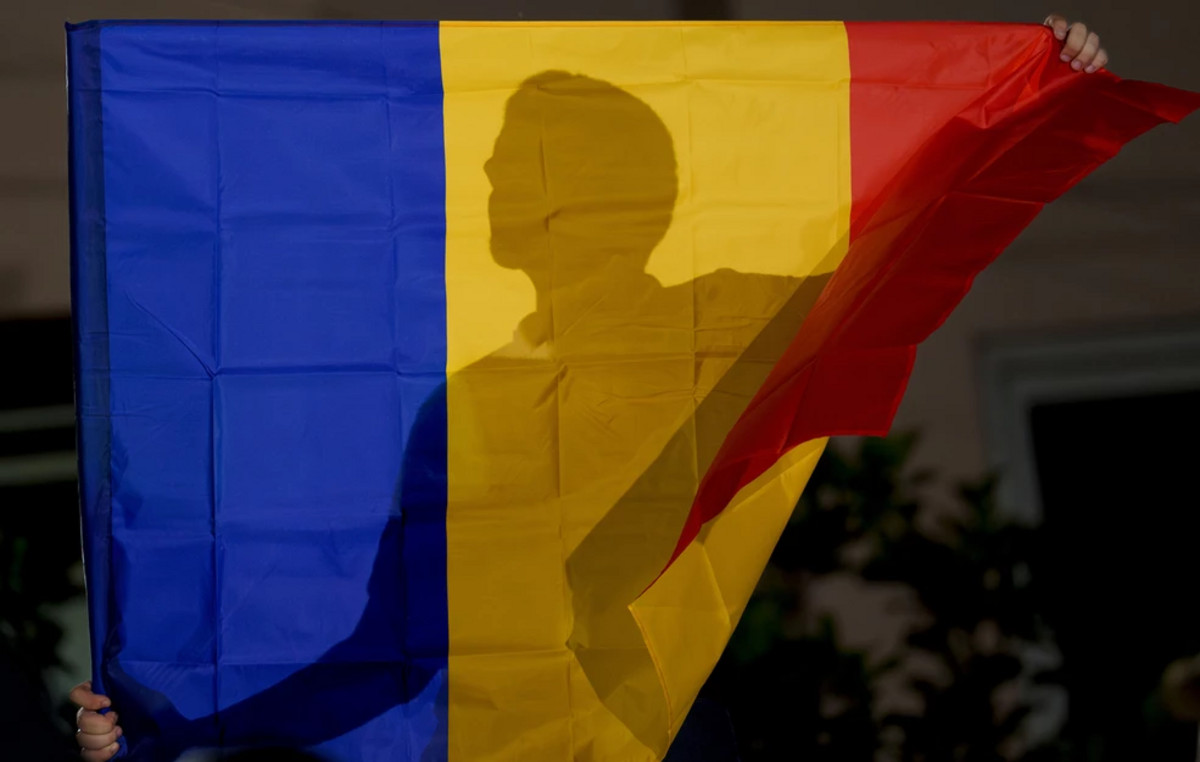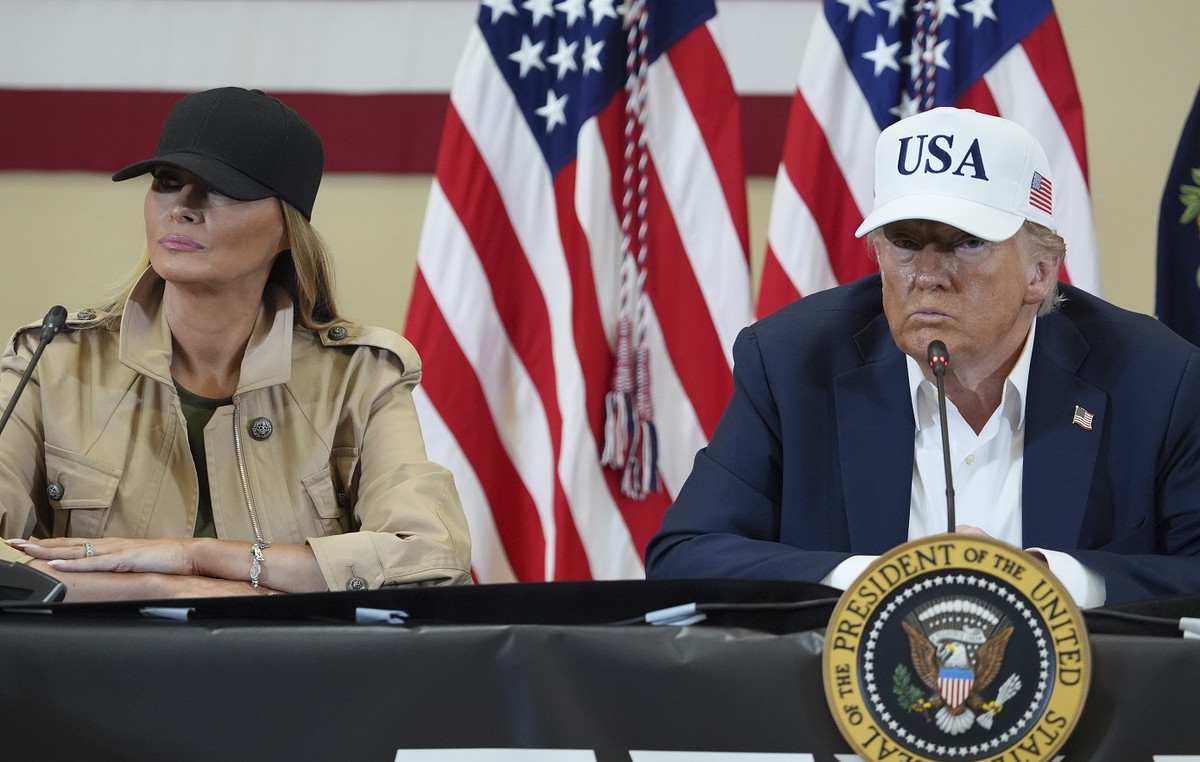Test your knowledge of Ibovespa
Let’s start with an easy one: what is the Ibovespa?
Who is responsible for calculating the Ibovespa?
What types of assets are eligible to be listed on the Ibovespa?
Which of these is NOT a criterion for a stock to be listed on the Ibovespa
How many shares are currently in the theoretical portfolio of Ibovespa?
How often is Ibovespa’s theoretical portfolio revised?
What is the stock with the greatest weight on the Ibovespa?
What is the stock with the lowest weight on the Ibovespa?
Each point on the Ibovespa is equivalent to 1 real. This statement is
What is the historical record for closing the Ibovespa?
Try again!
Tip: follow CNN Business to understand more about the Ibovespa
Nice job!
You know a lot about the Ibovespa, but you could know a little more
Sensational!
Congratulations! You are an expert on Ibovespa
O Ibovespa closed up 1.54%, at 107,594.67 points, the trading session this Thursday (11). Meanwhile, the dollar ended the day at R$5.403, down 1.80%.
This was the biggest rise in the main Brazilian index in November.
The stock market’s good result is the result of a battery of corporate results, including the JBS numbers, while the macroeconomic agenda showed an above-expected drop in Brazilian retail sales in September.
Filipe Villegas, strategist at Genial Investimentos, believes that the negative scenario was already priced. Thus, the risk factors did not bring down the stock market.
Another bright spot for B3 is the bullish session for steel and mining stocks, in the wake of rising prices for ferrous and steel products on China’s commodity futures exchanges.
The prices of commodities such as steel and iron ore rose after reports that the Chinese Evergrande Group had made payments to bondholders, avoiding the default the market was so afraid of.
Steel traded for January on the Shanghai Stock Exchange was up 8%, and ended the session at 7.4%, at 4,443 yuan ($695.13) a ton. January iron ore on the Dalian Commodity Exchange advanced 6.8% to RMB 570.50 per tonne.
US currency
The dollar fell sharply against the real today, amid rising expectations that the Central Bank will tighten the Selic rate due to domestic inflationary pressures.
This was the biggest daily devaluation in more than two months and the lowest level since the beginning of October.
Among the major global currencies, the real had, by far, the best performance against the dollar this session. In the day’s low, the US currency dropped 2.06%, to BRL 5.388.
The US currency also reflected the weak auction of treasuries (US treasury bonds) with a 30-year maturity.
And market participants also cited the news about the PEC dos Precatórios as one of those responsible for this behavior, which triggered a movement to dismantle defensive positions.
Inflation
Stock exchange investors attributed the Brazilian currency’s recent resilience to expectations that the central bank may step up its current rate of interest rate hikes, as domestic producer price data continue to surprise upwards.
On Wednesday, the IBGE reported that the Extended National Consumer Price Index (IPCA) rose 1.25% in October, after rising 1.16% in the previous month, reaching the largest change for the month since 2002 (1 .31%). In 12 months, the increase was 10.67%, the strongest result since January 2016 (+10.71%).
“Our assessment is that the Central Bank needs to accelerate monetary policy adjustment to avoid completely losing control over expectations, which already signal a loss of the inflation target in 2022”, said Genial Investimentos in a note.
The inflation target for next year is 3.5%, with a tolerance margin of 1 percentage point upwards or downwards. The Selic rate is currently at 7.75% per year, after the BC’s Monetary Policy Committee (Copom) raised 150 basis points at its last meeting.
Higher interest rates tend to make the domestic fixed income market more attractive, consequently increasing demand for the real.
PEC of Precatório
Investors are also keeping an eye on the news around the PEC dos Precatórios. The leader of the government in the Senate, Fernando Bezerra Coelho (MDB-PE), who will be in charge of reporting the proposal at the House, said he believes there are chances of senators maintaining the text approved by the Chamber. He did not rule out, however, that it could be improved.
Approved in the second round by the Chamber on Tuesday, the Proposal for Amendment to the Constitution (PEC) modifies the rule for payment of court orders – government debts whose payment was determined by the Court – and alters the deadline for correction of the spending ceiling by the IPCA .
In a report this Thursday, Bradesco said that “the approval of the PEC dos Precatórios in the Chamber removed part of the uncertainties of the fiscal scenario, even with the continuation of the proposal in the Senate, which also helps to explain the dynamics of local markets, especially interest curve and exchange rate.”
In the futures interest market, the rates of the main DIs hovered around the stability in the curve until January 2027.
On the eve, the spot dollar closed up 0.21%, at R$ 5.502 on sale.
B3 roller coaster
The biggest highs of the session were:
- Meliuz (CASH3) + 10.34%
- Blue (BLUE4) +9.83%
- CSN (CSNA3) + 7.46%
- Banco Inter (BIDI11) + 7.39%
- Banco Pan (BPAN4) + 6.33%
The lowest session highs were:
- Via Retail (VIIA3) -12.48%
- Braskem (BRKM5) – 2.94%
- Taesa (TAEE11) -2,40%
- Drogasil streak (RADL3) -2.39%
- Banco do Brasil (BBAS3) -1.92%
Reference: CNN Brasil
I am Sophia william, author of World Stock Market. I have a degree in journalism from the University of Missouri and I have worked as a reporter for several news websites. I have a passion for writing and informing people about the latest news and events happening in the world. I strive to be accurate and unbiased in my reporting, and I hope to provide readers with valuable information that they can use to make informed decisions.







